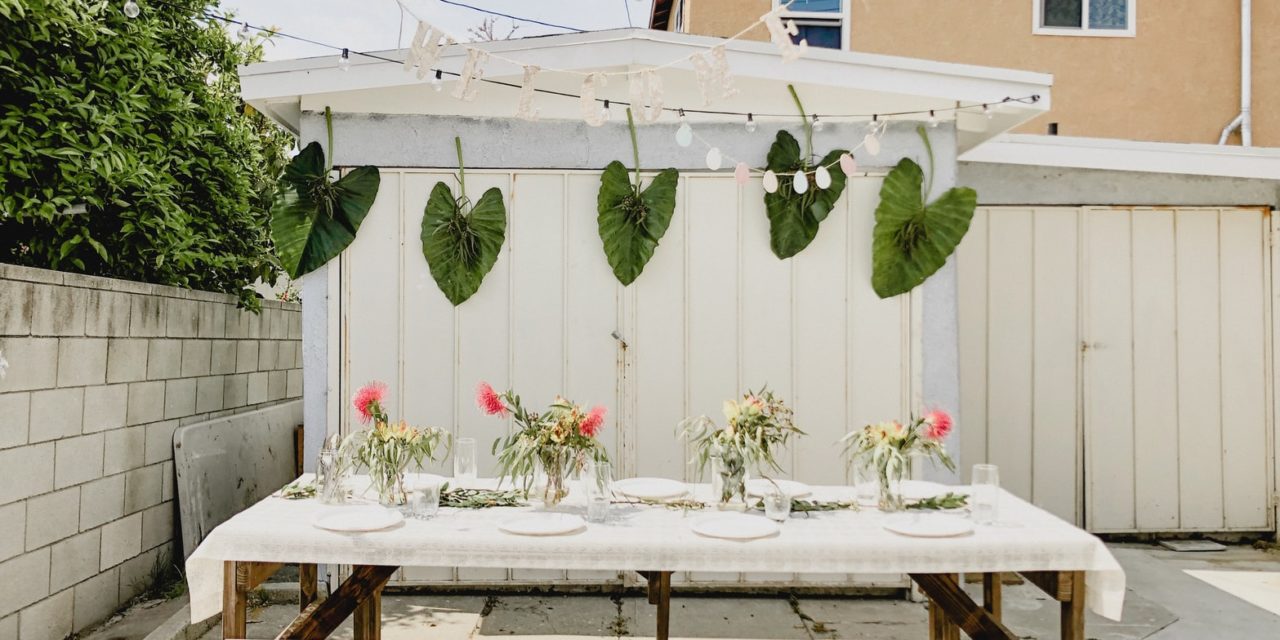[ad_1]
The Japanese Black Pine tree is rightly regarded as the “king” of bonsai. More than any other, a Black Pine is the variety of tree that comes to mind when someone says the word “bonsai.” When properly cared for they can be strikingly beautiful — but they are also regarded as being difficult to care for. Most established bonsai growers do not regard the Japanese Black Pine as a tree for beginners.
However, a Japanese Black Pine can easily be cared for and developed as a bonsai if one component of its care if handled correctly: the soil. In terms of soil, Black Pines really need only two things: proper drainage; and a proper flow of nutrients. In providing these two items, the soil will feature two components: aggregate and organic matter.
Some growers will use and advocate the use of soil that consists entirely of an inorganic aggregate, but this technique leaves the tree fully dependent on being fertilized from the soil surface. Do this only if you have a certain supply of fertilizer and the time to administer it and monitor the results.
If you choose to place an organic component in the soil, this can consist of just about any commercially available potting soil, since most potting soils are made up entirely of organic matter. Do not use a soil that contains water retaining polymers. If the organic soil you choose has not been sifted, you may want to sift it through a screen to remove fine particles.
The other component, aggregate, can consist of many things. The Japanese use a fired clay called akadama. Certain types of automotive spill absorbent or cat litter can be substituted for this. Others, such as this author, prefer to use decomposed granite, that has been washed and sifted. Another good ingredient is agricultural pumice. Whatever you use, the particles should be about 3-6 mm in size, or 1/8 to 1/4 inch.
This author's personal preference for soil is the following mix: 25% organic potting soil; 25% decomposed granite; 24% agricultural pumice; and 25% builder's sand (washed and graded river sand, again keeping to the proper particle size).
The amount of organic matter you use should be tied to the amount of water retention you need in your soil, and the amount of supplemental fertilizer you will use. The 25% proportion works well for a Mediterranean climate, such as Southern California or Southern Europe, where the winters are mild and dry, and the summers can be very hot. In areas with no frost and greater rainfall, less organic matter can be used, or none at all, as long as the tree is properly fertilized. In a true desert environment (the American Southwest, for example) more organic matter will be needed for additional water retention.
Following these guidelines, together with other facets of proper bonsai care, will ensure a happy pine and a happy owner.
[ad_2]
Source by Charles Mashburn


